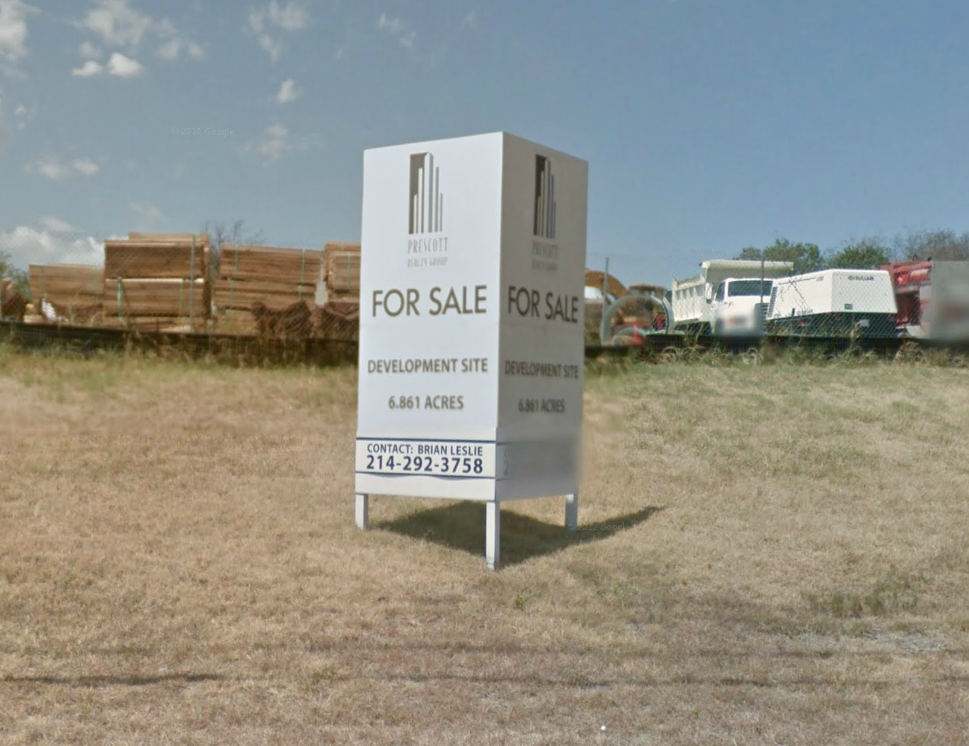 My column for the February East Dallas magazine deals with the dilemma that is upper Greenville Avenue, where long-empty storefronts are practically side-by-side with high-end developments like Park Place and the Lovers Lane Central Market. Along the way, I found this fascinating set of numbers from Reis, Inc., a commercial real estate research company.
My column for the February East Dallas magazine deals with the dilemma that is upper Greenville Avenue, where long-empty storefronts are practically side-by-side with high-end developments like Park Place and the Lovers Lane Central Market. Along the way, I found this fascinating set of numbers from Reis, Inc., a commercial real estate research company.
Reis tracks retail vacancy and rental rates for an area in Dallas that’s roughly equivalent to Lakewood, East Dallas, and Lake Highlands. Since the recession started, the rents that landlords are asking in this area (Reis calls it the Highlands submarket) have gone up, while vacancy rates have also increased. And, as hard as it is to believe, the highest rental rates came at the height of the recession, when vacancy rates were the highest, almost 20 percent.
This, obviously, is not the way the system is supposed to work. High vacancy rates should lower rents — that’s the law of supply and demand, something that so many Dallas bidnessmen are so fond of citing. But the situation is much more complicated than that, said several commercial real estate types that I talked to. It doesn’t take into account how stubborn landlords can be, that some of them can actually afford to let space sit empty until they get the rent they want, and that many tenants can’t afford to threaten to move to get a better deal. (Those of you interested in the actual numbers will find the chart here.)





